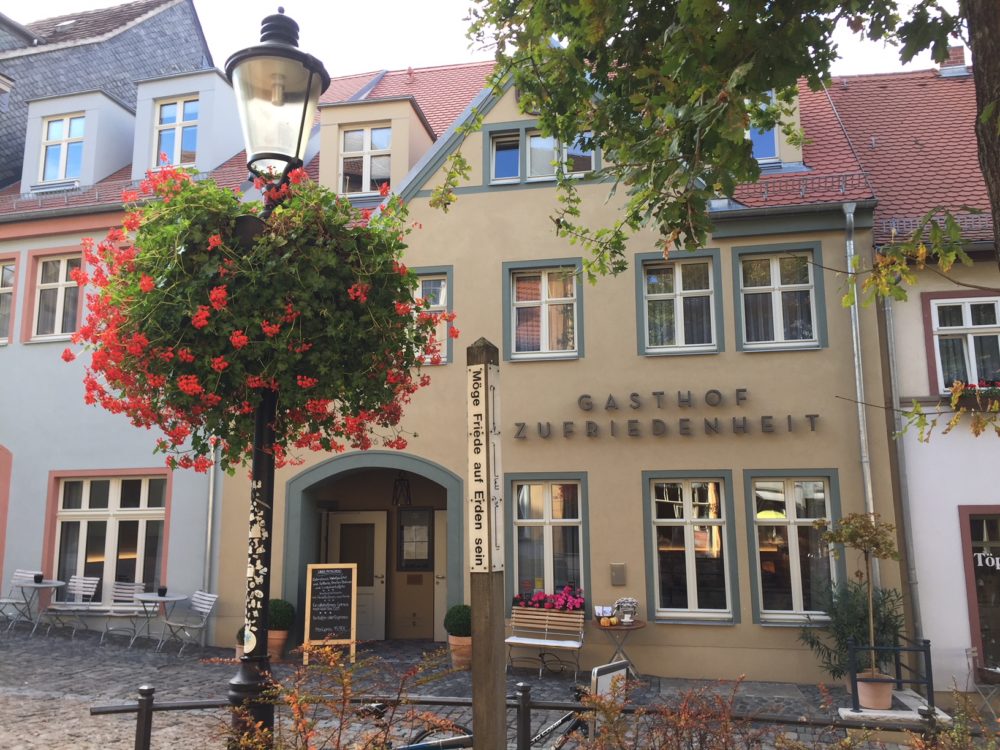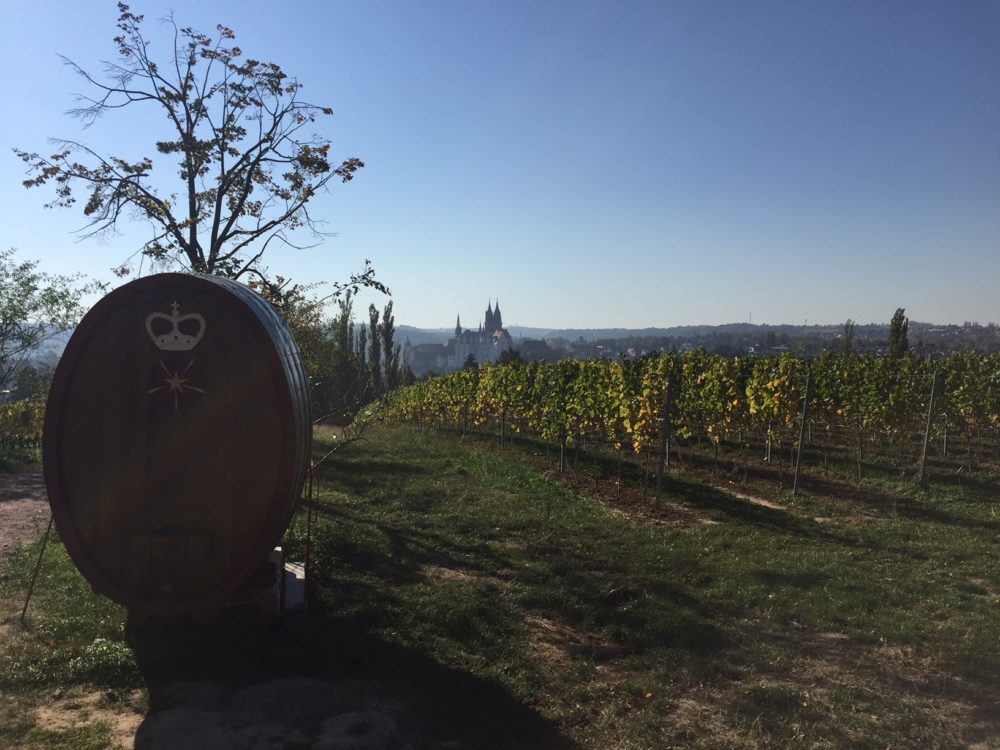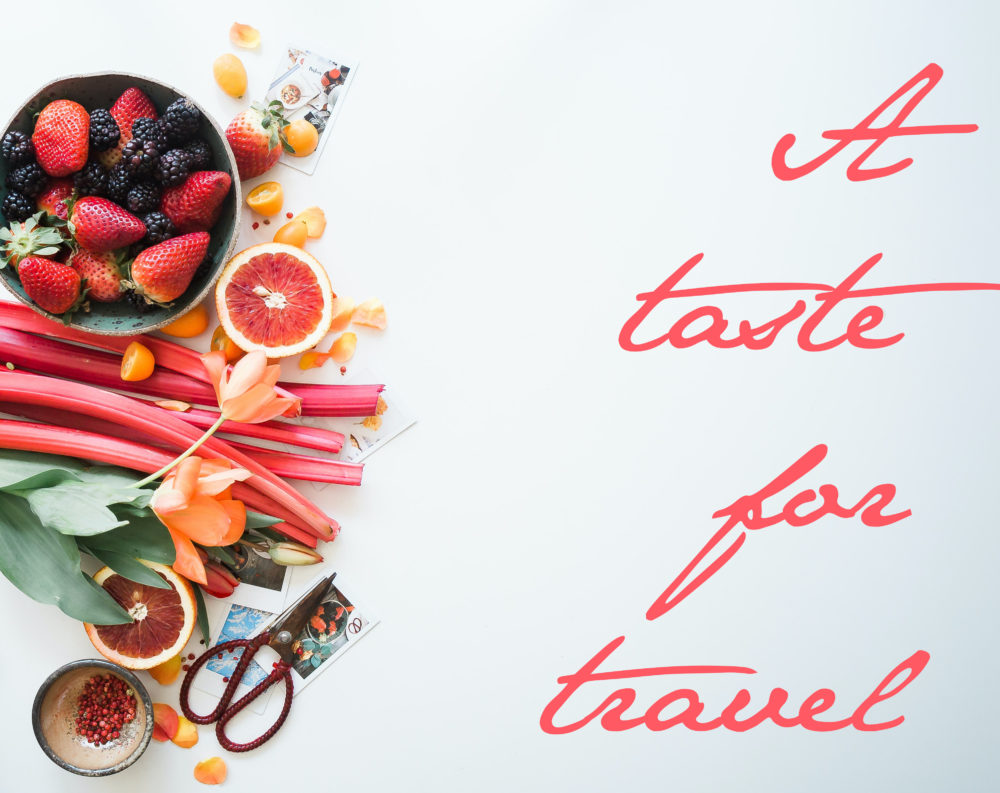Berlin has grown to become a cosmopolitan, year-round destination for culture seekers and globetrotters alike.
With its international airport well connected to the city centre, and easily navigable ICE (Intercity-Express) system of high-speed passenger trains, Germany’s bustling capital also serves as the ideal springboard from which to begin discovering the remarkable treasures and unique-to-the-area highlights found in the nearby regions of Saxony and Saale-Unstrut.
This includes a spectacular selection of traditionally made sparkling wines, along with cool-climate white wines ranging from dry to sweet (such as eiswein), and a modest amount of lighter bodied reds.

Stretching along the Elbe River from Dresden, Radebeul and Meissen (Saxony) to Naumburg and Freyburg (Saale-Unstrut), these two wine regions’ dynamic wine-making history dates back more than 850 years. They are also two of the smallest and farthest-north wine-growing regions in the country.
Sparkling or otherwise, taste some of the many vibrant wines of the area while taking in some historic treasures and breathtaking vistas along the way. It’s a quick train ride from Berlin to Dresden. Be sure to allow ample time to traverse this 200-kilometre route and see as many highlights along the way as possible.
From medieval mountaintop castles and ancient cityscapes, to steeply sloped vineyard terraces and winding rivers, here’s the path to sparkling wine and majestic sites in Saxony and Saale-Unstrut.

Dresden and Radebeul
Though much of Dresden has been rebuilt in recent decades, Old Town historic city centre is a feast for the senses, including impressive Zwinger Palace, Semper Opera House and Altmarkt Square.
The treasures on display in the Green Vault in Dresden’s Royal Palace offer a grandiose glimpse of life for Saxon royalty through the centuries.
Where to eat and drink
Considered the heart of the Saxon Wine Route, Radebeul has one of the region’s oldest wineries, Schloss Wackerbarth, where Augustus the Strong once presided over lavish soirées. This picture-perfect property is ideal for dining al fresco or indoors in lavish elegance. There are also more than 20 bottle-fermented and hand-riddled sparkling wines to choose from.

In winter months, bottles of Wackerbarth Weiss & Heiss (White & Hot) fly off the shelf. A Saxon tradition since 1834, it’s made from white wine, grape juice and warm brown spices.
Where to stay
Go luxe at Grand Hotel Taschenbergpalais Kempinski Dresden, located directly across from Royal Palace. Or, pack your swimsuit and enjoy the expansive pool and spa options at Radisson Blu Park Hotel & Conference Centre in Radebeul.
Meissen
Set on the Elbe River and located just a 30-minute drive from Dresden, this picturesque town is home to Meissen Prozellan Manufaktur. Established in 1710, Europe’s oldest manufacturer of fine porcelain includes an interactive museum and art gallery, along with a boutique and café.

Meissen winery. Photo by Alison Kent.
Where to eat and drink
Featuring vineyards with breathtaking views and a private castle built in the early 1700s, not to mention a spectacular sparkling dry rosé, Georg Prinz zur Lippe’s Weingut Schloss Proschwitz is the oldest privately owned winery in Saxony.
Where to stay
Historic Hotel Goldener Löwe Meissen is located right in the heart of the town’s square, with cafés, shops and the train station all within easy walking distance. Or, back at Weingut Schloss Proschwitz, stay at their Guesthouse in the Winery.

Pouring wine at Meissen winery. Photo by Alison Kent.
Naumburg and Freyburg
The 1,000-year-old cobblestoned town of Naumburg is known for its late Romanesque and early Gothic-style Naumburg Cathedral and all the many masterpieces found within. Designated a UNESCO World Heritage Site this past year, it’s an absolute must-see.
Where to eat and drink
Weingut Herzer is a family-run winery nestled in the quaint village of Rossbach, just southeast of Naumburg. In the tasting room, housed in a former schoolhouse, try winemaker Stephan Herzers’ Riesling, Weisser Burgunder and Müller-Thurgau wines.
Fun fact: The final resting place of German painter and sculptor, Max Klinger (1857-1920), is located amongst the vineyards’ Riesling plantings.
In Freyburg, a guided tour of Rotkäppchen-Mumm Sektkellereien sparkling wine cellars is a must, and includes their three-storey Domkeller along the way. Capable of holding 160,000 bottles worth of wine, it’s the largest carved cuvée vat in Germany.

Photo by Alison Kent.
Where to stay
In Naumburg, Hotel Zur Alten Schmiede is within easy walking distance of the cathedral, cafés and restaurants. In Freyburg, stay at scenic Weinberghotel Edelacker and dine on some of the finest fare in the region.
The magic of Germany’s Christmas markets
Originating in 14th-century Germany, Christmas markets have become a part of the festive season in many countries. Yet with hundreds of Christmas markets taking place across Germany, it’s fair to say German merrymakers have the Christmas market cornered, so to speak.

Dresden Striezelmarkt. Photo courtesy of The German National Tourist Office.
Festivities differ throughout the country, with an abundance of yuletide treats, glühwein, festive lights and decked-out stalls. Here are two taking place in Saxony throughout the month of December.
Meissen Christmas Market
The town’s medieval-style houses and churches create an atmospheric backdrop for this enchanting Christmas market. Twinkling lights, fir sprigs and enticing Christmas scents mingle, while visitors also enjoy Advent music in the Church of Our Lady and fairytale reenactments in the theatre.
Dresden Striezelmarkt
Trimmed trees, roasted chestnuts, handicrafts and Christmas choirs all take place here in Germany’s oldest Christmas market. Set in its Baroque city centre, during the Stollen feast, homage is paid to this traditional and deliciously rich Christmas treat from Dresden, the Original Dresdner Christstollen.
Alison Kent
Latest posts by Alison Kent (see all)
- Bubbles and Baroque: Emerging Wine Regions in East Germany - January 11, 2019
- Super Natural Nevis - May 17, 2018








No Responses to “Bubbles and Baroque: Emerging Wine Regions in East Germany”